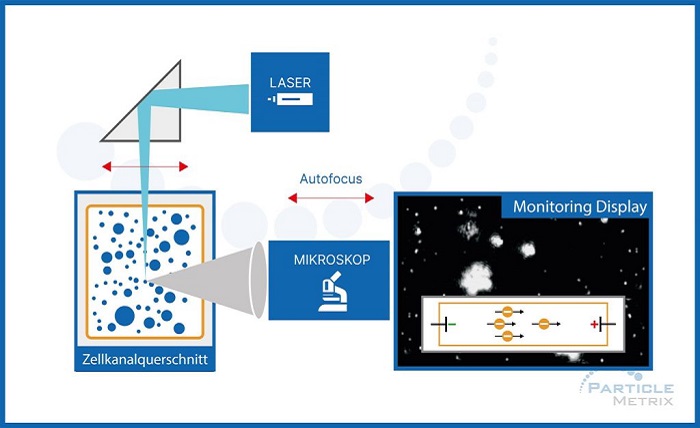Nanoparticle Tracking Analysis

The financial industry is rapidly evolving and new technologies are being introduced all the time, which has led to increasing demand for reliable risk assessment methodologies. One approach that has gained popularity in recent years is the use of Netting and Transparency Analysis (NTA) testing. NTA testing is a process that involves analyzing the risks associated with financial transactions by examining the netting and transparency features of those transactions. This testing is designed to identify potential threats and vulnerabilities to financial institutions, such as fraud, operational errors, or counterparty risk.
In simple terms, NTA testing measures the level of transparency and netting that exist in trading relationships between two or more parties. Examining these factors, it provides an accurate assessment of the risk that exists within a given trading relationship. NTA testing is especially useful for larger financial institutions with complex trading relationships and transactions that require a high level of due diligence. With the increased use of electronic platforms for financial transactions, NTA testing has become increasingly critical for identifying. For more information visit on ntatesting.com
-
NTA (Nanoparticle Tracking Analysis) is a technique used to analyze the size and concentration of nanoparticles in a liquid sample
What is NTA testing? Nanoparticle Tracking Analysis (NTA) is a technique used to analyze the size and concentration of nanoparticles in a liquid sample. NTA has become the most widely used method to analyze nanomaterials due to its simplicity, accuracy, and flexibility. The technique is based on the motion of particles in liquid measured by laser light scattering. NTA utilizes advanced mathematical algorithms to accurately track particle movement and calculate their size distribution and concentration. This technique is not only useful for characterizing nanoparticles with unique sizes and shapes, but also detecting changes in particle size distribution as a function of time, temperature, or other environmental factors. As a result, NTA has become an essential analytical tool for researchers in the field of nanotechnology and biotechnology, providing valuable information in a wide range of applications including drug delivery, food safety, consumer products, and many more
-
The method uses a laser beam to detect and track the Brownian motion of nanoparticles.
What is NTA Testing? NTA (Nanoparticle Tracking Analysis) is a technique for the detection and analysis of nanoparticles within a sample. One of the most common methods of NTA testing involves the use of a laser beam to detect and track the Brownian motion of nanoparticles. Essentially, nanoparticles are small enough to move randomly when suspended in a liquid. By tracking the movement of these particles, researchers can gain valuable insights into their size, shape, and other physical properties. The laser beam method allows for accurate tracking of nanoparticles, making it a useful tool for researchers in fields such as nanotechnology, biotechnology, and materials science. NTA testing has broad applications across a range of scientific fields and can provide invaluable data to help advance research and development efforts.
-
NTA testing provides high-resolution particle size distribution profiles and concentration measurements in real-time.
What is NTA Testing? NTA stands for Nanoparticle Tracking Analysis, and it’s a powerful technique used for analyzing the size, concentration, and distribution of nanoparticles in real-time. One of the main advantages of NTA testing is its ability to provide high-resolution particle size distribution profiles and concentration measurements. This information is crucial for understanding the behavior of nanoparticles and their impact on various applications. Unlike other particle measurement techniques, NTA testing is capable of detecting very small nanoparticles, as low as 10nm, and can also perform size distribution measurements as well as concentration measurements. Ultimately, NTA testing provides a detailed and accurate understanding of the nanoparticles in a sample, making it an essential tool for research and development in various fields.
-
The technique is widely used in the fields of biotechnology, pharmaceuticals, and environmental monitoring.
NTA, or Nanoparticle Tracking Analysis, is an advanced testing technique that is widely used in various scientific industries including biotechnology, pharmaceuticals, and environmental monitoring. NTA testing utilizes state-of-the-art technology to track and analyze nanoparticles in a sample, providing highly accurate information about their size distribution, concentration, and overall quality. This technique has revolutionized particle analysis, enabling scientists to detect and understand nanoparticles at an unprecedented level of detail. The versatility of NTA makes it a powerful tool for addressing a wide range of research and analysis challenges across multiple fields. The ability to analyze particles at the nanoscale has opened up new avenues of research and innovation, making NTA a valuable technology for anyone working in the science industry.




